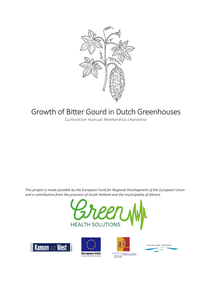The need for increasing further the penetration of Renewable Energy Sources (RESs) is demanding a change in the way distribution grids are managed. In particular, the RESs intermittent and stochastic nature is finding in Battery Energy Storage (BES) systems its most immediate countermeasure. This work presents a reality-based assessment and comparison of the impact of three different BES technologies on distribution grids with high RES penetration, namely Li-ion, Zn-Air and Redox Flow. To this end, a benchmark distribution grid with real prosumers’ generation and load profiles is considered, with the RES penetration purposely scaled up in such a way as to violate the grid operational limits. Then, further to the BES(s) placement on the most affected grid location(s), the impact of the three BES types is assessed considering two Use Cases: 1) Voltage & Congestion Management and 2) Peak Shaving & Energy shifting. Assessment is conducted by evaluating a set of technical Key Performance Indicators (KPIs), together with a simplified economic analysis.
DOCUMENT
Global society is confronted with various challenges: climate change should be mitigated, and society should adapt to the impacts of climate change, resources will become scarcer and hence resources should be used more efficiently and recovered after use, the growing world population and its growing wealth create unprecedented emissions of pollutants, threatening public health, wildlife and biodiversity. This paper provides an overview of the challenges and risks for sewage systems, next to some opportunities and chances that these developments pose. Some of the challenges are emerging from climate change and resource scarcity, others come from the challenges emerging from stricter regulation of emissions. It also presents risks and threats from within the system, next to external influences which may affect the surroundings of the sewage systems. It finally reflects on barriers to respond to these challenges. http://dx.doi.org/10.13044/j.sdewes.d6.0231 LinkedIn: https://www.linkedin.com/in/sabineeijlander/ https://www.linkedin.com/in/karel-mulder-163aa96/
MULTIFILE

Bitter gourd is also called sopropo, balsam-pear, karela or bitter melon and is a member of the cucumber family (Cucurbitaceae). It is a monoecious, annual, fast-growing and herbaceous creeping plant. The wrinkled fruit of the bitter gourd is consumed as a vegetable and medicine in Asia, East Africa, South America and India. The aim of this bitter gourd cultivation manual is to make this cultivation accessible to Dutch growers and in this way be able to meet market demand. In addition, this cultivation manual aims to provide insight into the standardized production of the medicinal ingredients in the fruit.
DOCUMENT

Inaugural address of Frederike Praasterink, Professor Future Food Systems 22 February 2018. Three important principles contribute to the transformation of food systems: - Redesign food systems from ‘less bad’ to ‘net positive’ - Reconnect consumers, producers, youth - Revalue food through true cost accounting and new business models
DOCUMENT
